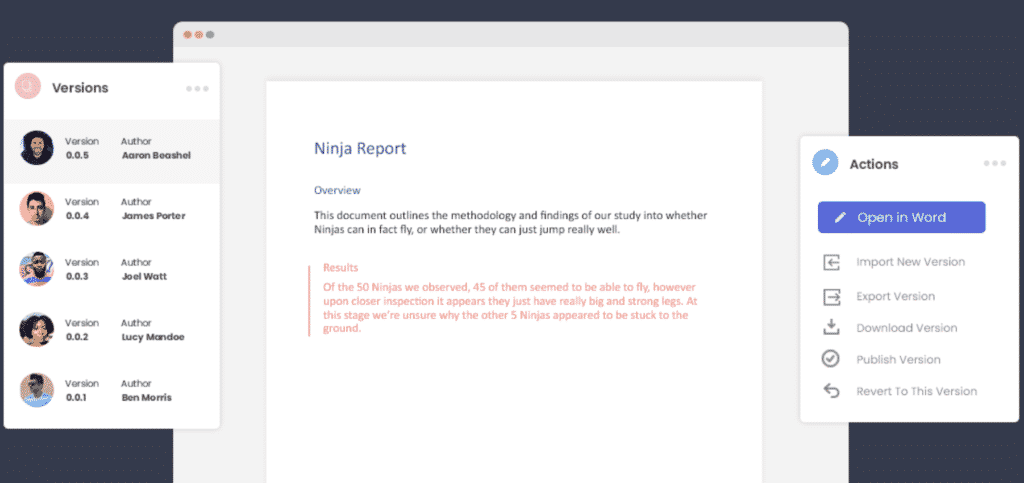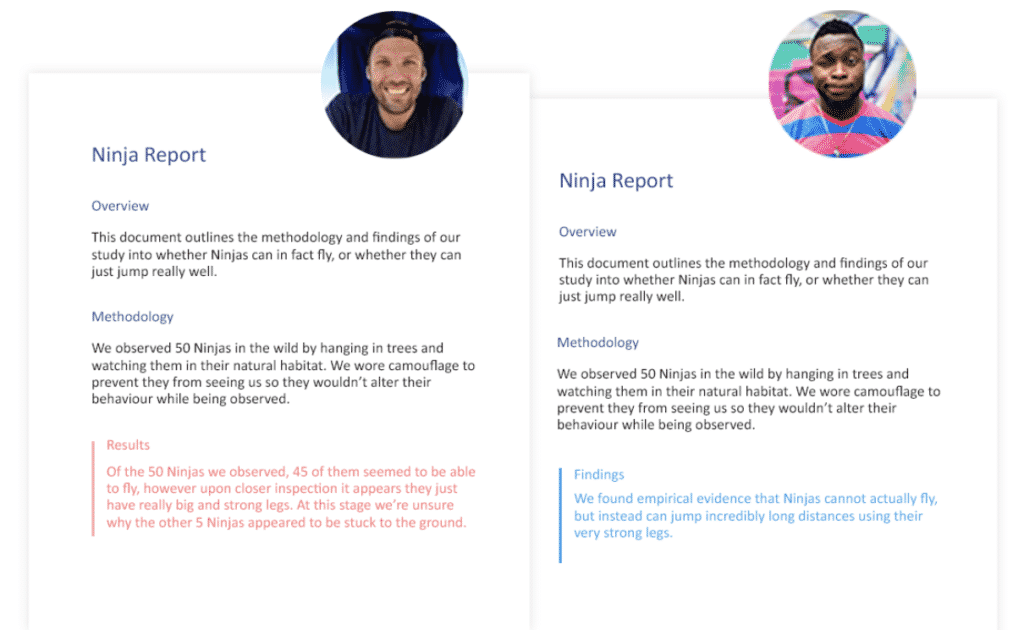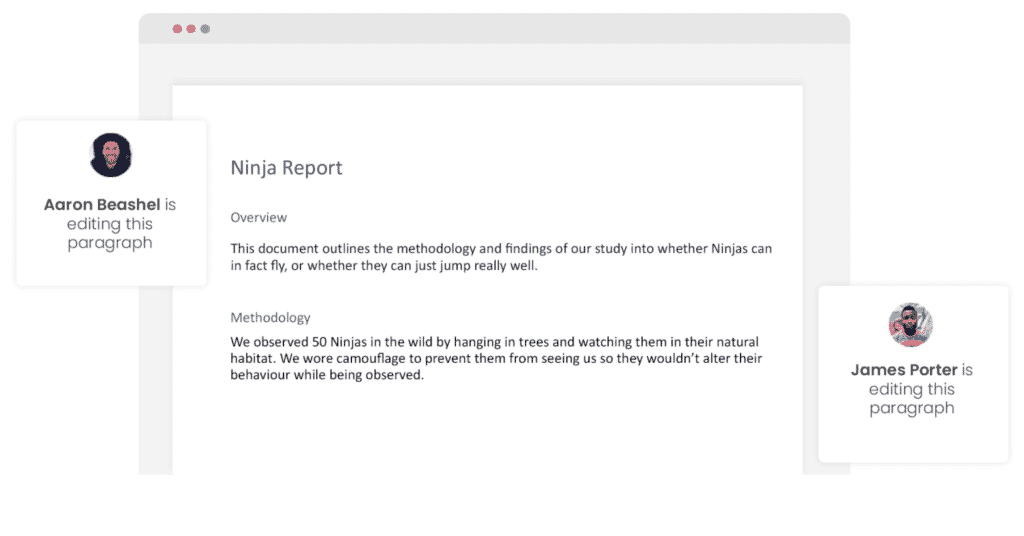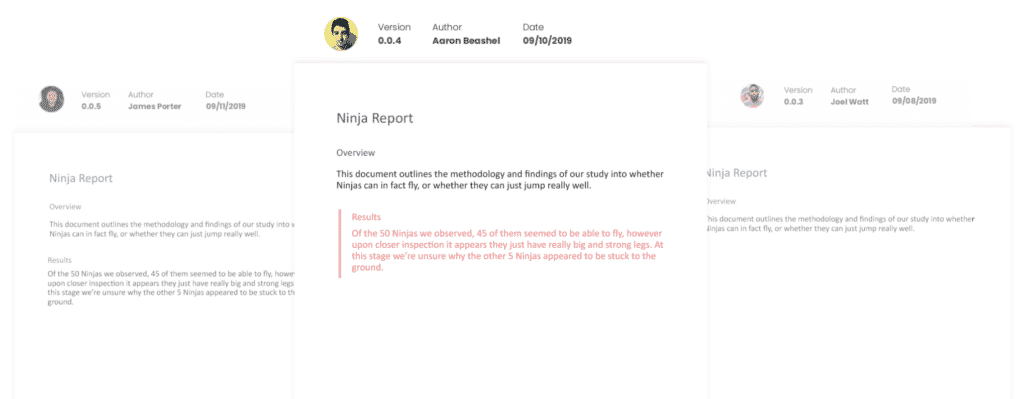Simul Blog
How to Create Fractions in Microsoft Word
Fractions are most commonly used in Word when referring to mathematical solutions, in recipes and on financial reports.
You can simply type 1/2 and be content with the larger numbers, however for some industries and reports a more polished and professional fraction should be used, for example ½.
If you are working on a 2019 or later version on Microsoft Word, the software may automatically turn your larger numbers into a fraction for you via autocorrect.
If you’re not so lucky, there are solutions for you!

Microsoft offer 2 ways to insert a fraction:
- Turn on Auto formatting for common fractions
- Use the equation tool to insert a custom fraction
1. Turning on Auto Formatting for Fractions
- Click Format
- Click Equations
- Under Equations select Automatically convert expressions
- Go to File > Options > Proofing (or Word > Preferences in Word for Mac).
- Click AutoCorrect Options and select the AutoFormat As You Type tab (or Authoring and Proofing > AutoCorrect in Word for Mac).
- Check or uncheck the box for fractions under Replace as you type…
- Click OK to save your autocorrect settings.
2. Use the Equation Tool to insert a Custom Fraction
- Click Insert
- Click Equation

- Click Insert New Equation
- Select Fraction

- Click Skewed Fraction

- Add the numerator and denominator into the fraction box

- Press Enter
Searching for a better way to manage Tracked Changes in Word?
If you are collaborating in Microsoft Word, chances are you have sent a document around your team for review. Receiving back a file, covered in tracked changes, red marks and what feels like a million comments to review.
It can be a daunting task to begin reviewing each change, one-by-one, or sorting through the changes and only reviewing the ones that are marked by your team members or relevant to your area of expertise.
It’s overwhelming and a very manual process, but lucky for you there is a better way.

Introducing Simul Docs.
A purpose-built tool, that was created for you – the team that like to collaborate, edit and track changes but just want it to be a whole lot simpler.

First things first, you don’t even have to remember to turn on tracked changes when working with Simul Docs on your side.
If you start making a change to your shared Word Document, Simul knows you want that edit tracked so it does it for you, every, single, time, you can make changes in peace while Simul does the hard work for you.

What about managing multiple users edits in the same document, is it that messy with Simul Docs?
You guessed it, it’s not, Simul has a solution for that too.
Each users document will be saved as a neat new version, stored to the side of your dashboard in an easy to use versions list. You can then open each version at your leisure and accept or reject each author’s changes individually.
This doesn’t mean that you will then end up with 5 different versions, Simul will make sure that the documents all stay up to date, if Aaron is making changes in the file, the rest of the team can see them, live.

They can make changes at the same time, or even make a change over Aaron’s change and all of this will be saved in their own version. So collaboration becomes simple. Once you have approved or rejected everyone’s changes you will be left with a clean, fresh, new version ready to continue the process or finalise the document.

To make things even easier, Simul marks who made which changes and when. At a glance, you know which document was updated by who, its a simple feature that makes a world of difference when you are collaborating with more than one or two other people.
Finally, Simul will keep every single version on file for you, saved in that nifty versions list we mentioned earlier.
So, Simul ends up making your collaboration process easier and helps you manage version control as you’ve never seen before. Each version is saved in the versions list, with the version number, authors name and any changes made visible to make it easy for you to refer back to an old version, or find an old change at any time.

Gosh, how much easier did redlining, tracking changes and version control just become?
Its a fantastic tool, that has your back and is here to simplify collaboration.
If you haven’t tried it already, head over to simuldoc.com and start with the free trial option. Your team will love you.
Get Started For Free
See how Simul can help you with a 14 day free trial, and paid plans start at just $15 per month.